
Fascinating, Multifaceted Women Written by Women (In Literature)
Summary
This article celebrates complex female characters created by women authors. Highlighting characters from classics to contemporary novels, it explores how these characters embody depth, resilience, and authenticity, challenging societal norms and expectations. Characters discussed include Elizabeth Bennet, Nora Eldridge, and Janie Crawford, among others, showcasing the diversity and richness of women’s experiences as portrayed in literature.
Reflection Questions
- How do these female characters challenge traditional roles and perceptions of women in their respective societies?
- In what ways do the authors’ backgrounds influence the depth and authenticity of these characters?
- Reflect on the impact these characters may have on readers’ understanding of women’s complexity and resilience.
Journal Prompt
Choose a character from the article that resonated with you the most. Reflect on their journey, struggles, and growth. Write about how their story influences your perspective on female representation in literature and the importance of diverse, complex characters written by women.
Women written by men are sometimes profound, complete characters (think Thomas Hardy’s Tess of the d’Urbervilles or Gustave Flaubert’s Madame Bovary). However, there’s also a running joke on both BookTok and in academia about tropes that flatten certain female characters developed by male authors. In this article, we have selected a few incredible female characters written entirely by women authors. Some of the women honored below hail from classic masterpieces, while others were recently written into contemporary tales. Not all are likable or even remotely forgivable, but they are all deep, authentic portrayals of complex women fighting, surviving, or embracing their unique circumstances. From Zora Neale Hurston’s Janie Crawford in Their Eyes Were Watching God to Jane Austen’s Elizabeth Bennet in Pride and Prejudice to Claire Messud’s Nora Eldridge in The Woman Upstairs, read on to learn all about these fascinating, multifaceted women written by women in literature.
Fascinating, Multifaceted Women Written by Women (In Literature)
Elizabeth Bennet in Pride and Prejudice by Jane Austen
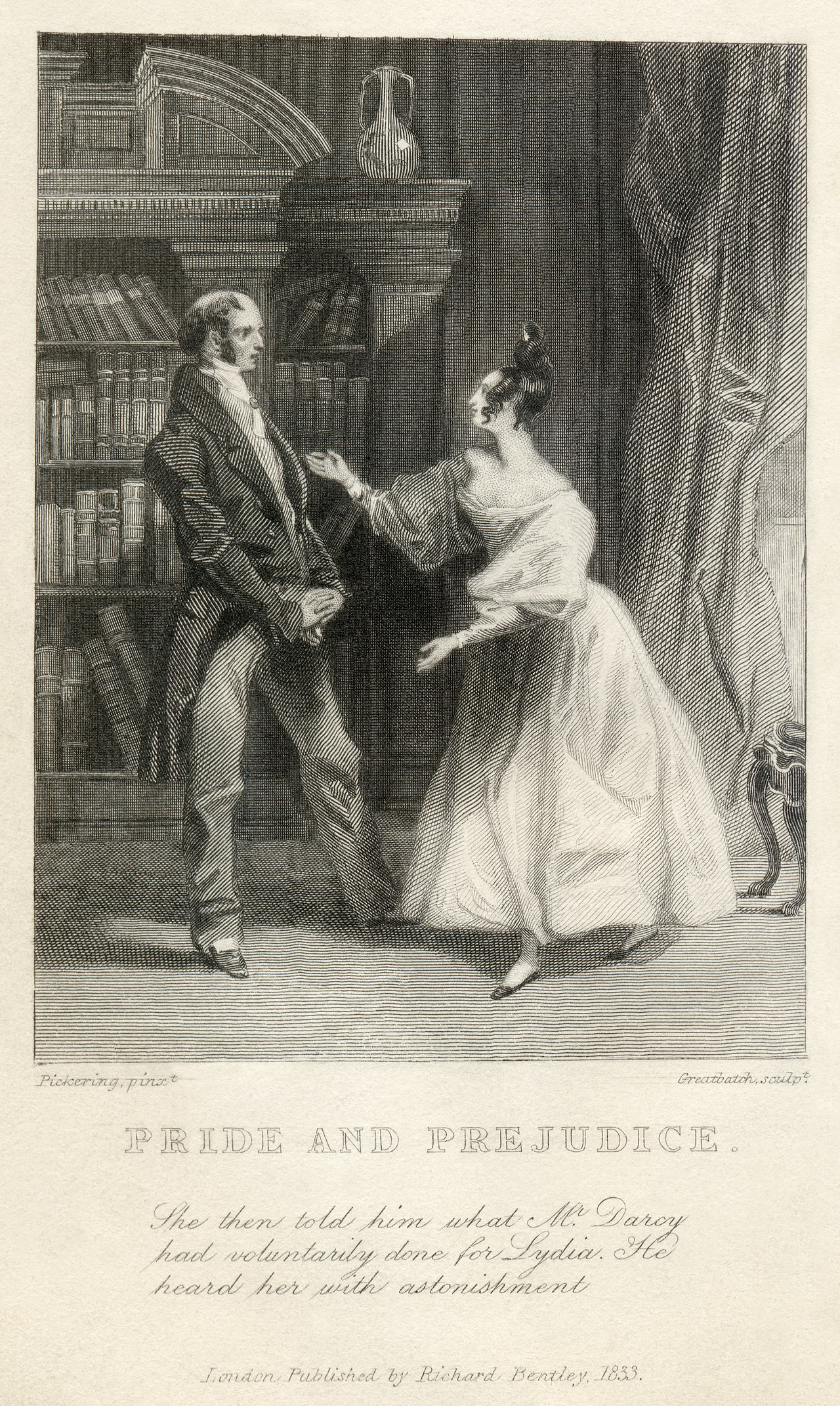
Elizabeth Bennet, the protagonist of Jane Austen’s “Pride and Prejudice” (published in 1813), remains one of the most enduring and beloved characters in English literature. As the second of five daughters in the Bennet family, Elizabeth, or Lizzy, is intelligent, witty, and possesses a keen sense of moral integrity. She navigates the complexities of manners, marriage, and social mobility in early 19th century England with a sharp eye and a critical mind, challenging societal norms and expectations of women in her time.
Jane Austen herself was a pioneering figure in literature, crafting novels that delved into the lives, loves, and frustrations of women in the British gentry with unparalleled depth and irony. Austen’s sharp wit and insightful social commentary have made her works timeless, and “Pride and Prejudice” is perhaps the best representation of her craft.
What Sets This Portrayal Apart?
Elizabeth Bennet’s character is particularly unique because of the way she embodies both compliance and resistance to the gender norms of her time. Unlike many of her contemporaries in literature and in the society she inhabits, Elizabeth refuses to marry for convenience or financial security, valuing personal happiness and mutual respect above social expectation. Her lively spirit, her refusal to kowtow to societal pressures, and her desire for a marriage based on love and intellectual companionship were revolutionary concepts at the time Austen wrote her novel.
Being written by a woman, especially in the early 19th century, gave Elizabeth Bennet’s character a depth and authenticity that were rare for female characters of that period. Austen’s intimate understanding of the pressures, limitations, and subtle forms of resistance available to women in her society allowed her to create a character who was both a product of her time and remarkably ahead of it. Elizabeth’s ability to stand up to figures of authority, like the haughty Lady Catherine de Bourgh, and her refusal to compromise her values even when faced with societal ridicule, reflect Austen’s own beliefs in the importance of personal integrity and the value of wit and intelligence over mere social standing.
Furthermore, Austen’s portrayal of Elizabeth’s inner life, her fears, her attractions, and her reflections, provides readers with a rich, interior perspective that was groundbreaking for its time. This internal depth makes Elizabeth not just a social critic but a fully realized individual, navigating the complexities of her feelings and relationships with both humor and sincerity.
Fuel your creative fire & be a part of a supportive community that values how you love to live.
subscribe to our newsletter
*please check your Spam folder for the latest DesignDash Magazine issue immediately after subscription

Nora Eldridge in The Woman Upstairs by Claire Messud
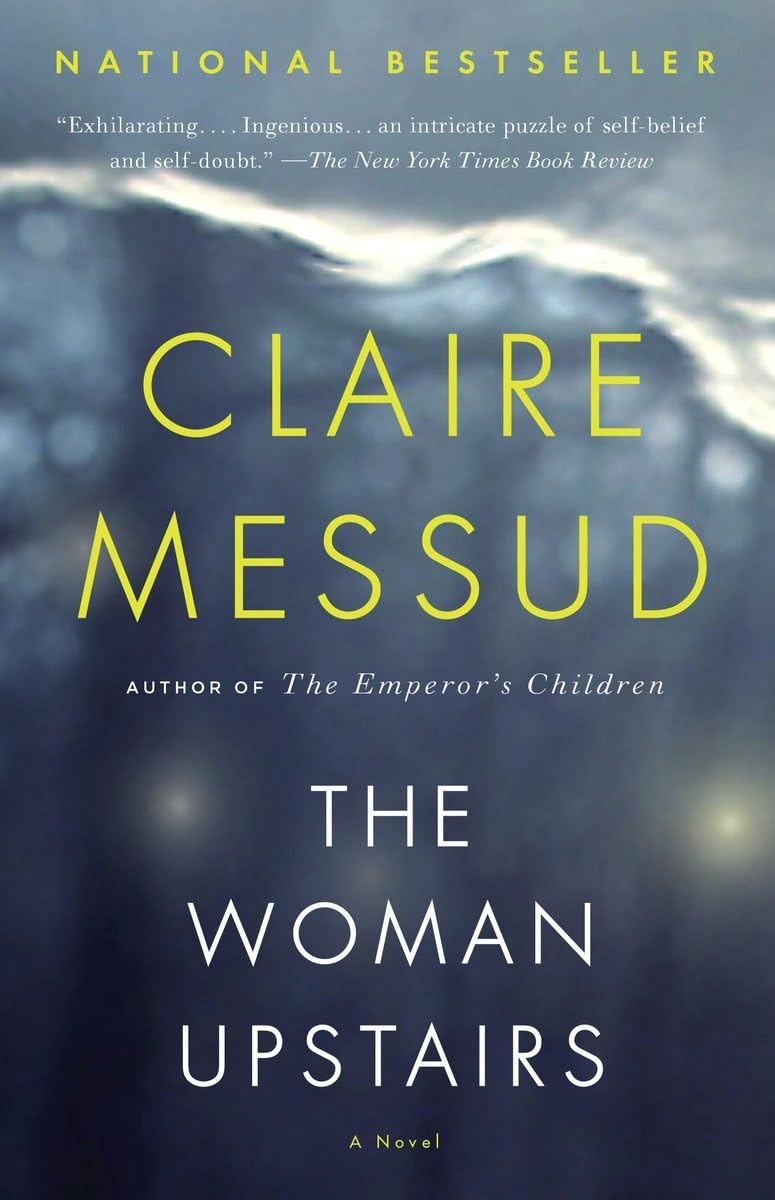
Nora Eldridge, the protagonist of Claire Messud’s “The Woman Upstairs” (published in 2013), is a fascinating and complex character that offers a deep dive into themes of anger, ambition, betrayal, and the unfulfilled dreams of many women. Nora is a middle-aged elementary school teacher in Cambridge, Massachusetts, who considers herself to be the archetypal “woman upstairs” – reliable, dutiful, and invisible, a figure who doesn’t quite fulfill her own dreams and desires but instead conforms to the expectations of others.
Claire Messud’s portrayal of Nora is a raw and candid exploration of the inner life of a woman who is both deeply introspective and intensely frustrated with the limitations placed on her life. Nora’s character is built around the contrast between the external persona she presents to the world and her rich, sometimes dark, inner thoughts and fantasies. She becomes entangled with the family of one of her students, the Shahids, which becomes a catalyst for examining her own life’s disappointments and repressed desires.
Messud’s writing is particularly notable for its willingness to confront uncomfortable truths about femininity, anger, and societal expectations. Nora’s character challenges the notion that women must always be likable or nurturing. Instead, Nora is presented as a fully realized person who harbors resentment, ambition, and the capacity for deceit—traits that are often celebrated in male characters but considered problematic in female ones.
What Sets This Portrayal Apart?
Being written by a woman, Nora Eldridge’s character benefits from an authenticity in the portrayal of her inner life and struggles. Messud taps into the universal yet often unspoken feelings of many women who feel sidelined by society, giving voice to the anger and disappointment that comes from living a life constrained by invisible boundaries. The narrative delves deeply into Nora’s psyche, exposing the societal pressures that lead women to suppress their own ambitions and desires in favor of more acceptable roles.
Nora’s unapologetic narration and her critique of the roles available to women in contemporary society reflect Messud’s keen insights into the complexities of female identity and the societal expectations that shape women’s lives. Through Nora, Messud addresses the concept of the “furious woman” – a woman whose anger is often delegitimized or ignored by society. Nora’s character is unique in its unflinching examination of a woman’s rage and its sources, including the betrayal of personal dreams and the realization of one’s own complicity in a life unfulfilled.
“The Woman Upstairs” and Nora Eldridge is a powerful commentary on the invisibility of certain women and the societal norms that drive them to become the self-effacing “woman upstairs.” Messud’s portrayal is a bold challenge to the literary and societal expectation that female characters, and women by extension, should be likable or fit into neat, predefined roles. Nora is a testament to the complexity and depth that female characters can achieve when written by women who are unafraid to explore the full range of human emotions and experiences.
Janie Crawford in Their Eyes Were Watching God by Zora Neale Hurston
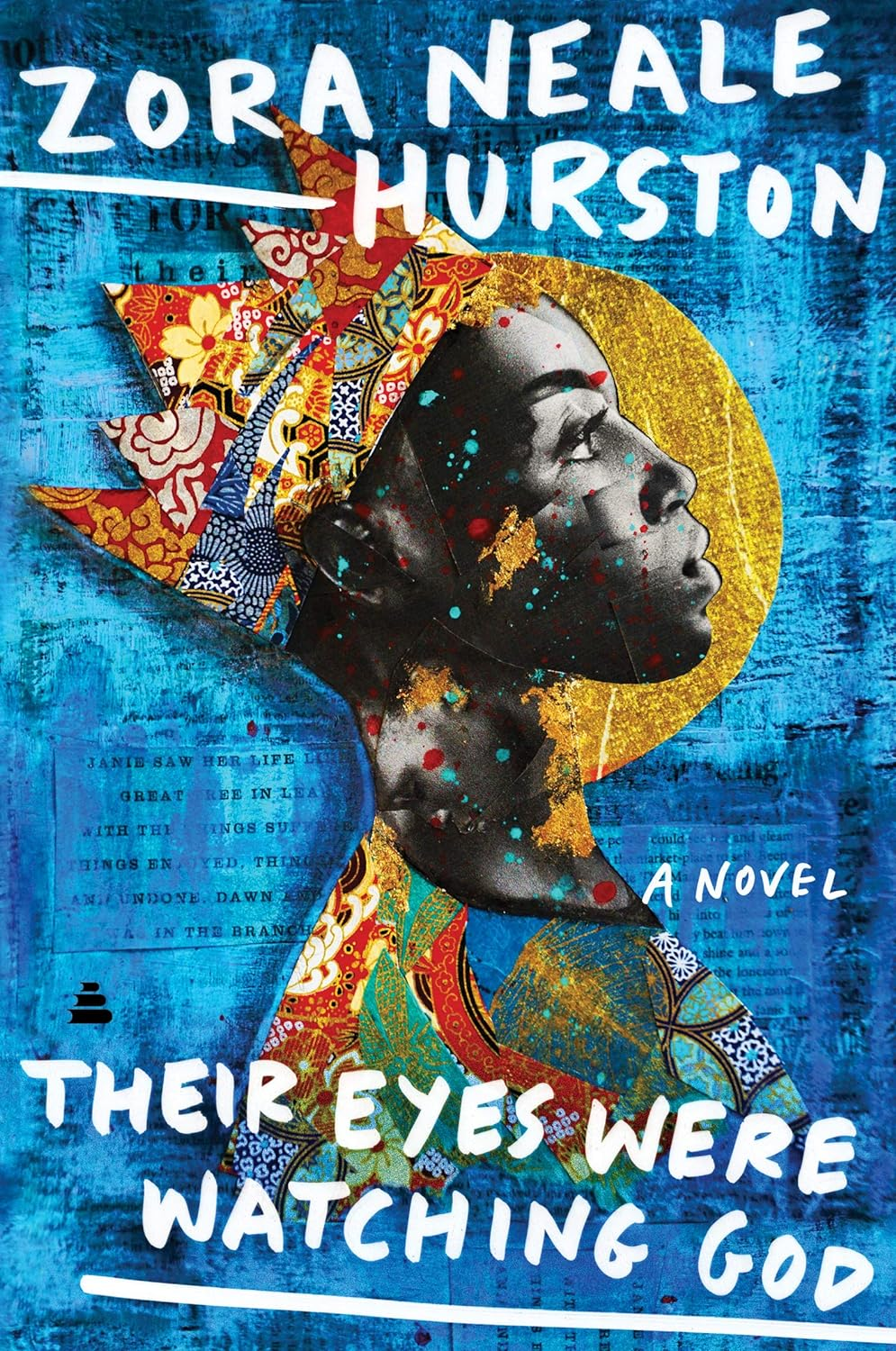
Janie Crawford, the protagonist of Zora Neale Hurston’s novel “Their Eyes Were Watching God” (1937), is a compelling and deeply nuanced character who explores the realms of personal freedom, self-expression, and the search for genuine love through the narrative of her life. Set in the early 20th century in the American South, the novel follows Janie’s journey from a young, voiceless girl to a woman who discovers her independence and voice in a society that often seeks to silence her.
Zora Neale Hurston was a pivotal figure in the Harlem Renaissance, an intellectual and cultural revival of African American music, dance, art, fashion, literature, theater, and politics centered in Harlem, New York, during the 1920s and 1930s. As a Black woman writing in the early 20th century, Hurston brought a unique perspective to her portrayal of Janie and the world she inhabits. Hurston’s work is celebrated for its rich dialogue, use of African American Vernacular English, and its deep exploration of the culture, challenges, and aspirations of African Americans, particularly African American women.
What Sets This Portrayal Apart?
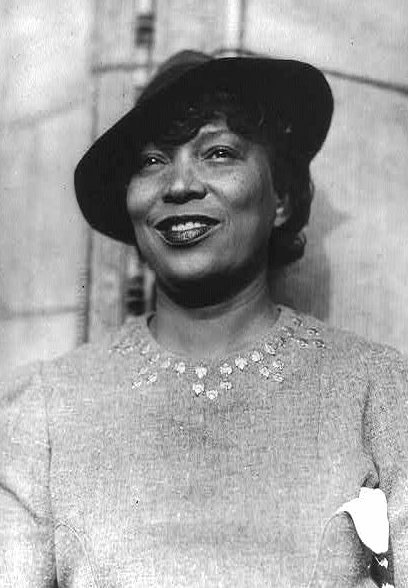
Janie’s character is unique for several reasons, especially her relentless quest for her identity and autonomy, which was groundbreaking for the portrayal of Black women in literature at the time. Over the course of the novel, Janie experiences three marriages, each offering different lessons about love, respect, and self-worth. Unlike many female characters of her time, Janie’s journey is not just about finding love but about discovering her own voice and agency. Her story is one of personal growth and self-realization, set against the backdrop of a society that imposes strict limitations on women, and even more so on Black women.
Being written by a woman, and specifically a Black woman who was herself navigating the complexities of race, gender, and creative expression during the Harlem Renaissance, imbues Janie’s character with authenticity and depth. Hurston’s intimate understanding of the social and personal dynamics affecting Black women allows her to craft a character who is both a product of her environment and a transcendent figure in her quest for self-actualization.
Janie’s narrative, marked by her inner thoughts and reflections, allows readers to engage deeply with her emotional landscape, from her youthful dreams to her mature understanding of life’s complexities. This internal perspective is critical to understanding Janie’s resilience and her determination to live on her own terms, reflecting Hurston’s broader themes of race, gender, and the search for identity.
Furthermore, Janie’s interactions with the communities she becomes a part of, and her eventual return to Eatonville, Florida, highlight the importance of community, storytelling, and oral tradition in African American culture, themes that Hurston was deeply interested in both as an anthropologist and a novelist.
Esther Greenwood in The Bell Jar by Sylvia Plath

Esther Greenwood, the protagonist of “The Bell Jar” by Sylvia Plath, is a compelling and complex character whose experiences offer a deeply personal glimpse into the struggles of mental illness, the pressures of societal expectations on women, and the search for identity in a world that often seems alienating and oppressive. Published in 1963 under the pseudonym Victoria Lucas, and only a month before Plath’s own tragic death, the novel is semi-autobiographical, drawing heavily from Plath’s own experiences and struggles with depression.
Sylvia Plath’s own life, marked by her genius, her mental health battles, and her sensitivity to the constraints imposed upon women of her era, deeply informs the character of Esther. Plath’s intricate understanding of Esther’s inner turmoil and her portrayal of the suffocating atmosphere that contributes to her descent into mental illness highlight the author’s intimate knowledge of these experiences.
Esther’s journey is emblematic of the clash between individual desires and societal expectations. She is a young woman of great talent and ambition, initially seen in the bustling and promising environment of New York City as a magazine internship winner. Yet, despite her successes, Esther is plagued by feelings of alienation and inadequacy, driven in part by the limited roles available to women in the 1950s. Her struggle with her mental health is exacerbated by the pressure to conform to traditional female roles of the time, which conflicts with her personal aspirations and desires for intellectual and sexual freedom.
What Sets This Portrayal Apart?
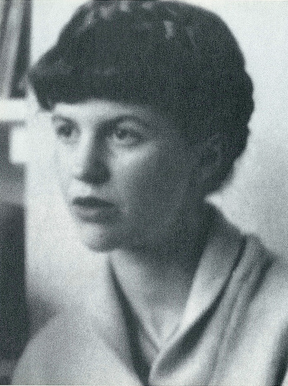
The uniqueness of Esther as a character—her introspective nature, her sensitivity, and her acute awareness of the contradictions in her life and in society—stems significantly from being written by a woman. Plath’s portrayal of Esther transcends the superficial portrayal of women’s issues prevalent in much of the literature of the time, offering instead a raw, unfiltered depiction of a woman grappling with the very essence of her being. This depth of character reflects Plath’s own experiences and her critique of the patriarchal society that both confined and defined women’s lives.
Esther’s struggle with mental illness in “The Bell Jar” is depicted with brutal honesty and insight, shedding light on the often-taboo subject of female mental health and the stigma that surrounds it. Plath’s detailed account of Esther’s breakdown, her experiences in the mental health system, and her feelings of entrapment within her own mind, serve not only as a powerful narrative of personal despair and hope but also as a feminist critique of the societal pressures that contribute to women’s suffering.
In writing Esther Greenwood, Sylvia Plath created a character who embodies the tension between societal expectations and personal authenticity, between the external world and the internal self. Esther’s experiences, filtered through Plath’s own poetic and tortured lens, offer readers a stark, deeply felt exploration of the challenges of finding one’s place in a world that often seems both alien and hostile. Plath’s exploration of themes such as identity, autonomy, and the desire for freedom through Esther’s character has made “The Bell Jar” a seminal work in the canon of American literature, resonating with readers long after its publication.
Celie in The Color Purple by Alice Walker
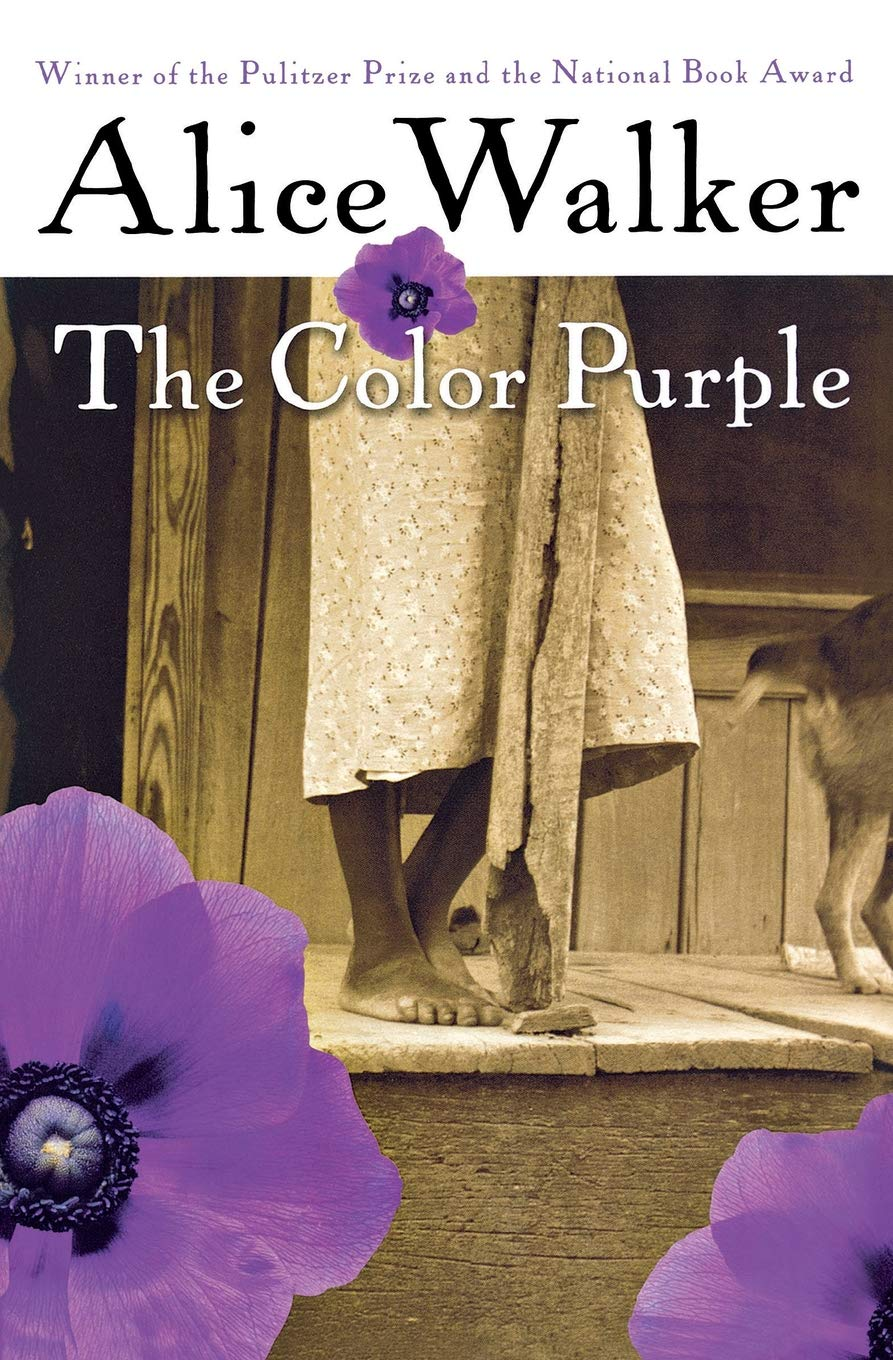
Celie, the protagonist of the Pulitzer Prize winning novel “The Color Purple” by Alice Walker, is a character of profound depth, resilience, and transformation. Published in 1982, the novel is a series of letters spanning several decades of the early 20th century, primarily written by Celie to God. Through these letters, readers witness the intimate thoughts, sufferings, and eventual empowerment of a young African American woman living in the southern United States.
Alice Walker, an African American author, and activist, brought to the forefront the intersectionality of race, gender, and social injustice in her portrayal of Celie. Walker’s own experiences and insights into the complexities of black women’s lives in America deeply inform the character of Celie, making her story not only a personal journey but also a broader commentary on the societal issues facing black women.
What Sets This Portrayal Apart?
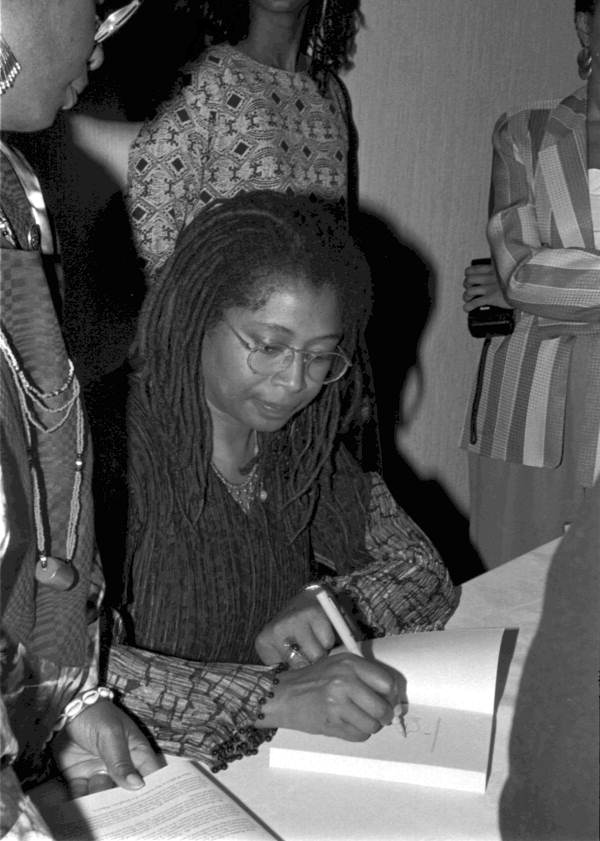
Celie’s character is unique for several reasons, particularly due to the intersection of her identity as a poor, black, and initially illiterate woman, which places her at a significant disadvantage within her societal context. In the beginning, Celie is abused and marginalized, treated as little more than property by the men in her life. Her early letters reflect a sense of powerlessness and resignation to her fate.
However, what makes Celie’s journey remarkable is her evolution from this place of suppression to one of self-discovery and empowerment. This transformation is significantly influenced by her relationships with other women in the novel, such as Shug Avery and Sofia, who model strength, self-respect, and defiance against oppressive circumstances. These relationships are central to Celie’s development and highlight Alice Walker’s emphasis on the power of female solidarity and support.
Walker’s writing of Celie is also unique because it doesn’t shy away from the harsh realities of her protagonist’s life, including domestic abuse, sexual violence, and racial discrimination. Yet, it is through facing these challenges and through the support and love of the women around her that Celie begins to find her voice and strength. Her narrative moves from one of suffering to one of profound resilience and agency, culminating in her ability to stand up for herself, forge her own path, and embrace her identity, including her sexuality.
The use of epistolary form—letters from Celie to God and later to her sister Nettie—serves as a powerful literary tool for giving voice to a character who, for much of her life, is silenced. This intimate perspective allows readers to connect deeply with Celie’s experiences and growth, making her story universally resonant.
Alice Walker’s creation of Celie in “The Color Purple” not only brought to light the struggles of African American women but also celebrated their strength, resilience, and capacity for love and joy in the face of adversity. Celie’s character, written with compassion and authenticity by Walker, remains a testament to the power of personal transformation and the indomitable spirit of women who navigate and overcome the challenges posed by intersecting oppressions.
Patrice Paranteau in The Night Watchman by Louise Erdrich
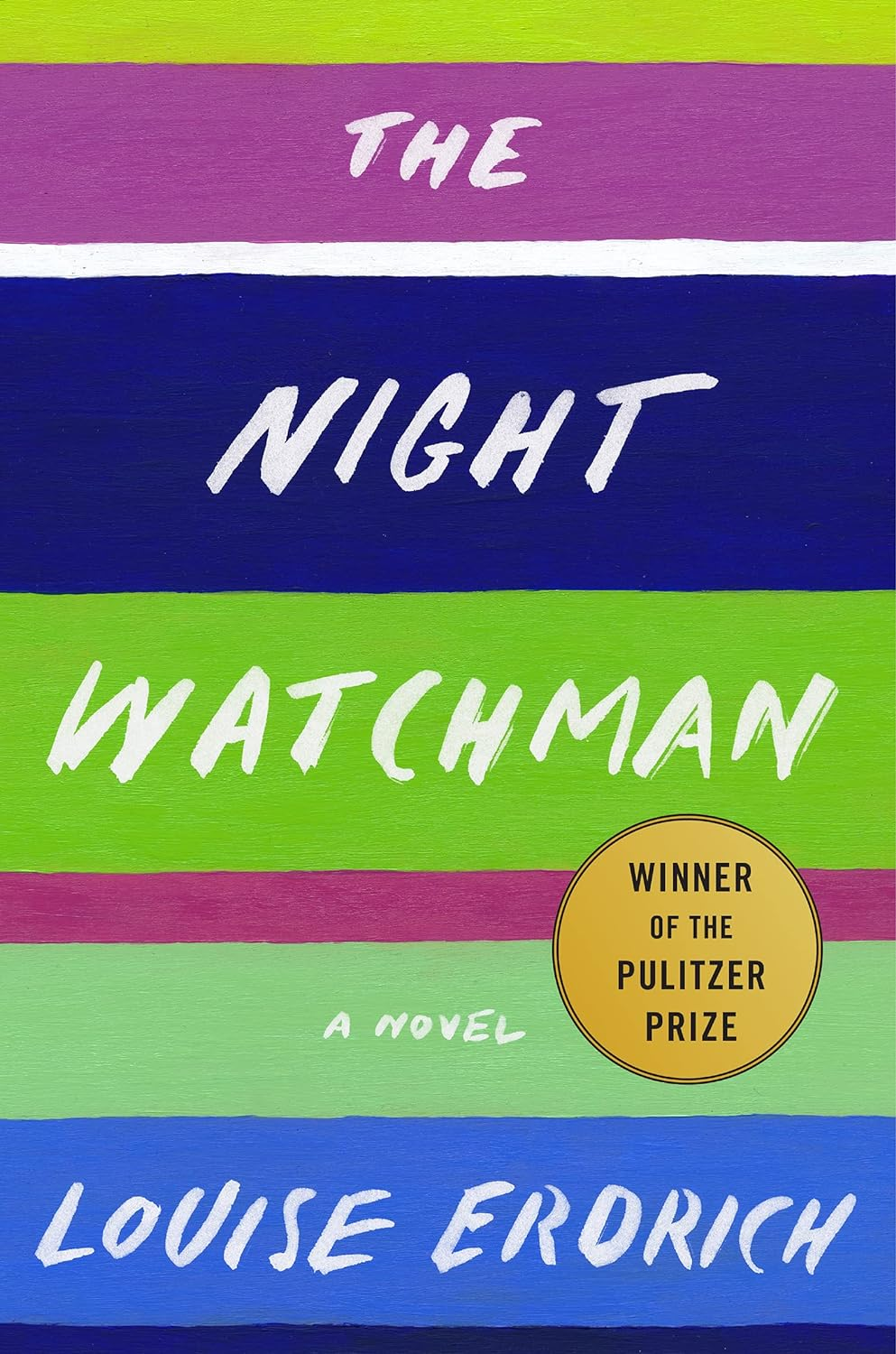
Patrice Paranteau is a compelling character in Louise Erdrich’s novel “The Night Watchman,” published in 2020. The Pulitzer Prize winning book is inspired by Erdrich’s own grandfather’s efforts to resist Native dispossession, set in the early 1950s on the Turtle Mountain Reservation in North Dakota. Patrice, also known as Pixie by some or Patrice by others, embodies the strength, resilience, and complexity of Indigenous women facing the dual challenges of personal and political struggles.
Louise Erdrich, a member of the Turtle Mountain Band of Chippewa Indians, brings a deeply authentic and nuanced perspective to her portrayal of Patrice and the life of the reservation’s community. Erdrich’s work is known for its rich character development, intricate plotlines, and the seamless integration of Ojibwe culture and history, making her narratives both enlightening and captivating.
Her determination and perseverance are incredible. She works at the jewel bearing plant, the primary employment option for women on the reservation, to support her family after her father’s death. Unlike many characters who are seeking to leave the reservation for better opportunities, Patrice’s journey is one of returning—specifically, her quest to find her missing sister, Vera, who has vanished in the cities. This journey exposes her to the harsh realities of urban life for Indigenous women and the perils that lurk beyond the reservation’s borders, including exploitation and violence.
What Sets This Portrayal Apart?
What makes Patrice unique, especially as a character written by a woman, is the depth of her agency and her multifaceted identity. She navigates the challenges posed by her family’s poverty, her community’s political struggles against termination policies, and her personal desires and ambitions. Erdrich does not shy away from portraying Patrice’s vulnerabilities and strengths, her doubts and her certainties, making her a fully realized character whose experiences reflect larger themes of survival, identity, and resistance.
Erdrich’s portrayal of Patrice also highlights the importance of community and connectedness among Indigenous peoples, as well as the critical role of women within these communities. Patrice’s relationships—with her family, her friends, and her community—serve as a source of strength and a means of navigating the complexities of her world. Through these relationships, Erdrich illustrates the interconnectedness of personal and collective struggles and the resilience of Native women who confront and overcome them.
Furthermore, Erdrich’s writing of Patrice challenges and expands the narrative space for Indigenous women in literature, portraying them as complex individuals with their own stories, rather than as stereotypes or side characters. Patrice’s character, her determination to find her sister, and her efforts to define her own path, underscore the novel’s themes of resistance, resilience, and the power of taking action to protect one’s community and loved ones.
In “The Night Watchman,” Louise Erdrich has created in Patrice Paranteau a character that embodies the strength and resilience of Indigenous women, offering readers a nuanced exploration of the challenges they face and their capacities for love, perseverance, and resistance against injustice. Patrice’s story is a testament to the power of women’s roles in their communities and the broader struggle for Indigenous rights and sovereignty.
Sethe in Beloved by Toni Morrison

Sethe, the central character in Toni Morrison’s “Beloved,” is a deeply complex figure whose life story provides a harrowing insight into the horrors of slavery and the indomitable will to achieve freedom at any cost. Published in 1987, “Beloved” is a powerful narrative set in post-Civil War America and is inspired by the true story of an enslaved African American woman. Morrison, a Nobel Laureate and an icon of American literature, uses Sethe’s character to explore themes of memory, trauma, motherhood, and the haunting legacy of slavery.
Sethe’s uniqueness as a character, especially in the context of being written by a woman, lies in her embodiment of the extreme sacrifices and choices made in the face of an inhumane system. After escaping from a Kentucky plantation to Cincinnati, Ohio, Sethe’s past catches up to her in the most tragic way, leading her to make an unimaginable choice to save her children from the horrors of slavery she had endured. This act, while extreme, highlights the desperate measures to which mothers were driven under slavery, and it serves as the central haunting element of the novel.
What Sets This Portrayal Apart?
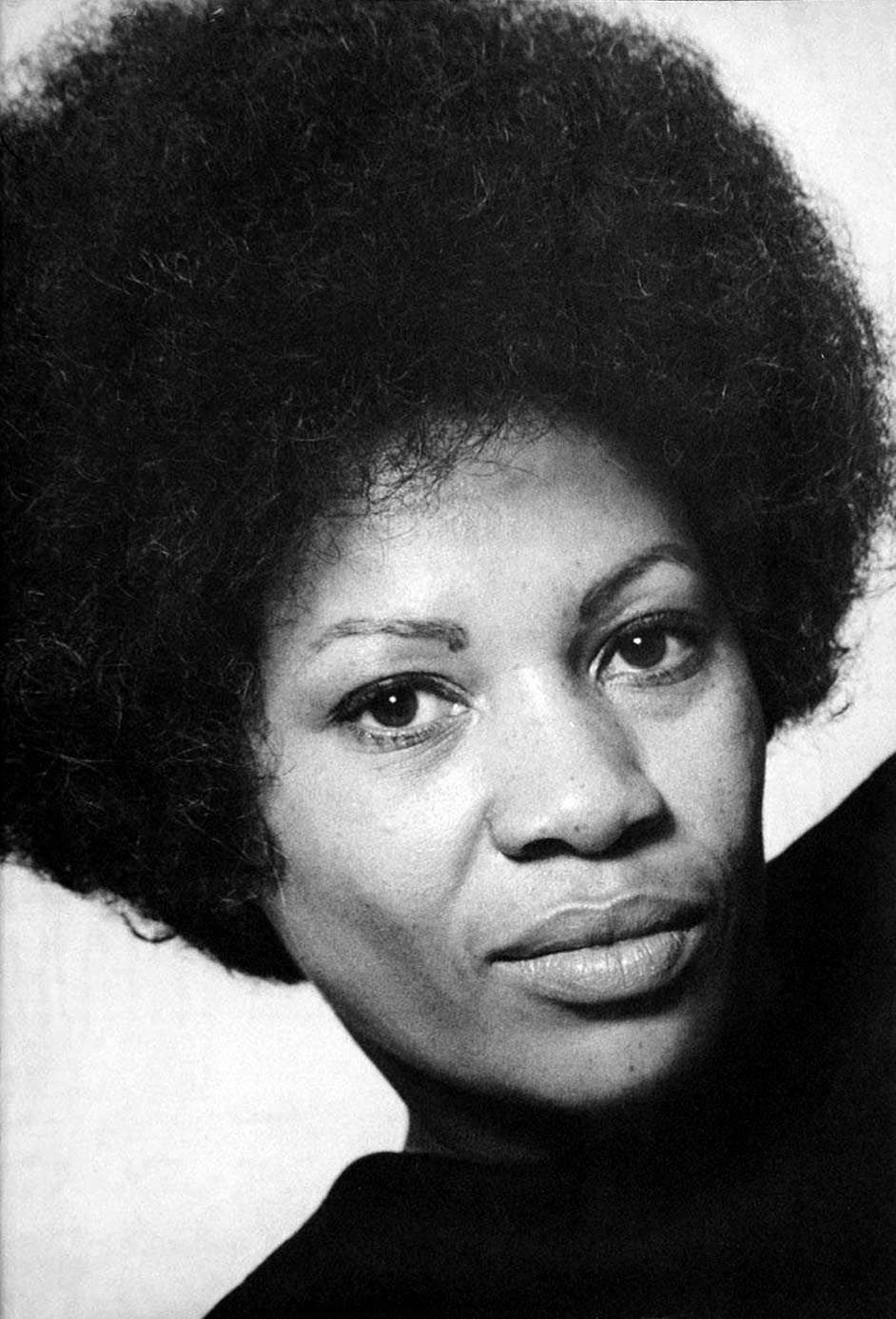
Morrison’s portrayal of Sethe is unique because it does not simply present her as a victim of her circumstances. Instead, Sethe is depicted as a woman of profound depth, capable of great love, suffering, and, most importantly, resilience. Morrison delves into the psychological ramifications of slavery, showing how its violence and dehumanization seep into the very souls of those it enslaves, affecting their identities, their relationships, and their capacity for self-love.
What makes Sethe’s character resonate so powerfully is Morrison’s ability to imbue her with an intense humanity, presenting her not just as a symbol of the slave experience but as a fully realized individual. Through Sethe, Morrison explores the painful intricacies of memory and the struggle to reclaim one’s self from the depredations of slavery. The ghost of her baby daughter, Beloved, symbolizes the past that cannot be forgotten or escaped, embodying the trauma that continues to haunt Sethe and her family.
Being written by a woman, especially an author of Toni Morrison’s caliber, adds layers of sensitivity and insight into the female experience under slavery. Morrison does not shy away from the brutal realities faced by enslaved women, including sexual violence and the commodification of their bodies, not just as laborers but as producers of more property (children). Yet, Morrison also highlights the fierce love, solidarity, and resilience of these women, creating a narrative that is as much about the power of female bonds and maternal love as it is about the struggle against dehumanization.
Sethe’s journey through “Beloved” challenges readers to confront the uncomfortable truths of America’s past while also showcasing the enduring strength of the human spirit. Morrison’s writing elevates Sethe’s story, making it not only a testament to the horrors of slavery but also a profound exploration of the complexities of motherhood, identity, and the quest for freedom and dignity. Through Sethe, the Nobel Prize winner offers a character whose pain, love, and resilience continue to resonate with readers, making “Beloved” a seminal work in the American literary canon.
Women of Henry VIII’s Court in The Mirror and the Light by Hilary Mantel
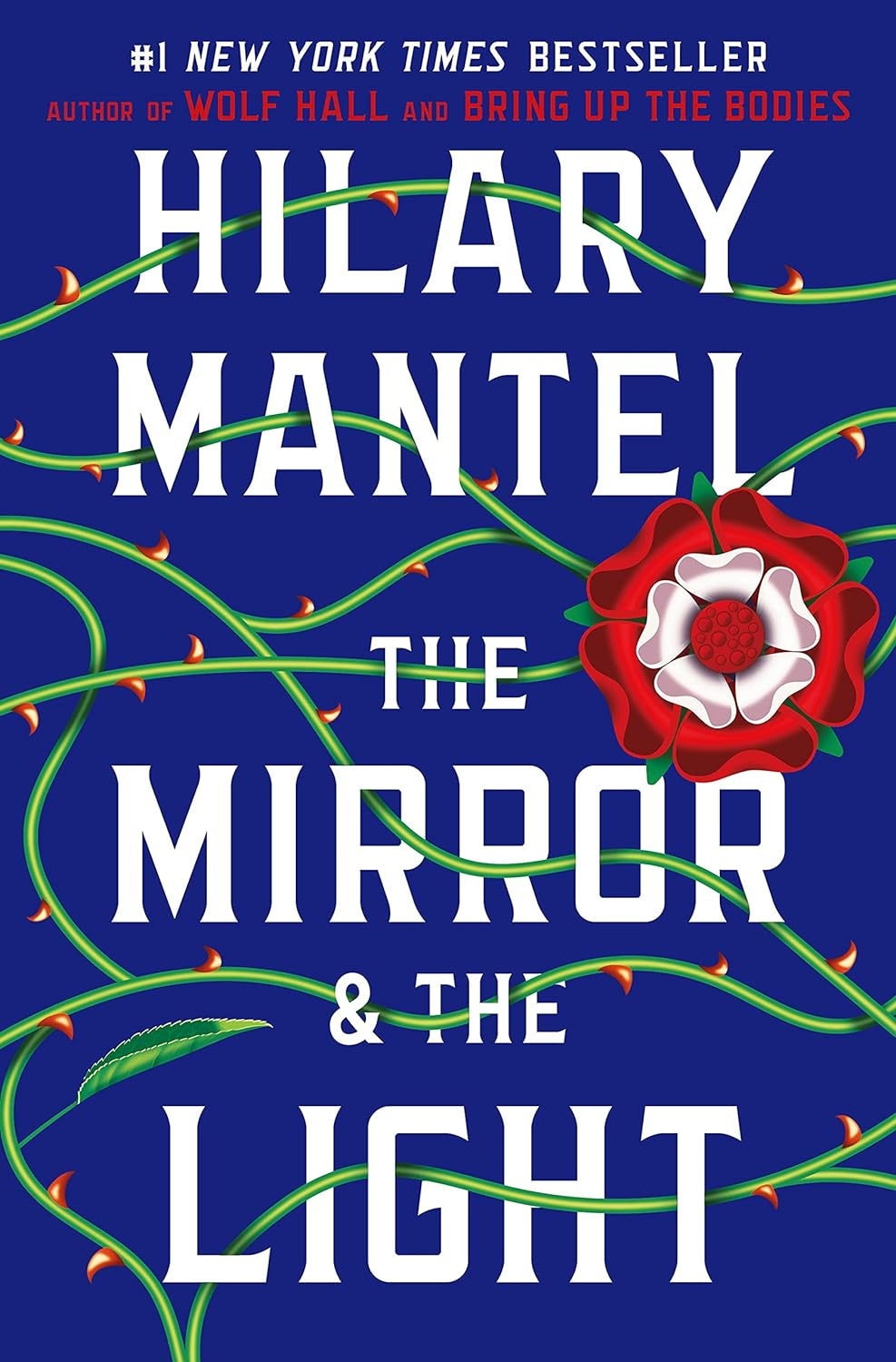
“The Mirror and the Light” is the final installment in Hilary Mantel’s celebrated Thomas Cromwell trilogy, published in 2020. While the historical fiction series primarily focuses on the life and times of male character Thomas Cromwell, Henry VIII’s chief minister, the bestselling author offers a rich and nuanced portrayal of the women of Henry VIII’s court.
Through her meticulous research and masterful storytelling, Mantel brings to life the complex figures of Anne Boleyn, Jane Seymour, Catherine Howard, Anne of Cleves, and others, exploring their roles and influences in the tumultuous Tudor court. Mantel’s first novel is just as well written as her last, if you’re seeking a new series to enjoy!
What Sets These Portrayals Apart?
Hilary Mantel’s unique contribution to the depiction of these three dimensional historical figures, especially being written by a woman, lies in her ability to humanize and give depth to women who have often been reduced to footnotes or caricatures in the narratives dominated by the male figures of the period. Mantel delves into the political and personal intricacies of their lives, revealing the intelligence, resilience, and, in many cases, the political savvy of these women, who navigated the treacherous waters of Tudor politics.
The women in Mantel’s narrative are not merely passive figures or victims of Henry’s whims but are complex characters with their own ambitions, fears, and desires. For instance, Anne Boleyn is portrayed not just as a queen who fell from favor but as a woman of sharp intellect and ambition, who understood the political games of the court and played them to her advantage until her tragic downfall. Jane Seymour, often seen as meek and mild, is presented through Mantel’s lens as someone who had a quiet strength and an understanding of how to navigate her position as queen to secure her family’s fortunes.
Mantel’s portrayal of these women is significant because it underscores the limited agency they possessed in a world that viewed them primarily as vessels for producing male heirs. Yet, within these constraints, Mantel shows how they sought to influence their destinies and the course of English history, whether through direct action, manipulation of courtly affections, or the strategic use of their intelligence and charm.
The author’s perspective as a woman writing about these historical figures allows her to empathize with their plights and achievements in a deeply patriarchal society. Mantel’s narrative challenges the traditional historiography that has often sidelined or simplified the roles of women in history, offering instead a multi-faceted and richly detailed portrayal of their lives.
In “The Mirror and the Light,” Hilary Mantel completes her exploration of the Tudor court, shedding light on the women who played pivotal roles in its history. Through her empathetic and nuanced writing, Mantel not only provides a voice to these historical figures but also reflects on the broader themes of power, ambition, and the human struggle for agency and dignity. Her portrayal of the women of Henry VIII’s court is a testament to her skill as a writer and her insight into the complexities of historical narratives, especially those involving women whose stories are often told in the shadow of men.
Editor’s Note: As March is Endometriosis Awareness Month, we encourage our readers to learn more about Hillary Mantel’s experience with the disease in this poignant piece by Jane Hu in The New Yorker.
Beth, Jo, Meg, and Amy in Little Women by Louisa May Alcott
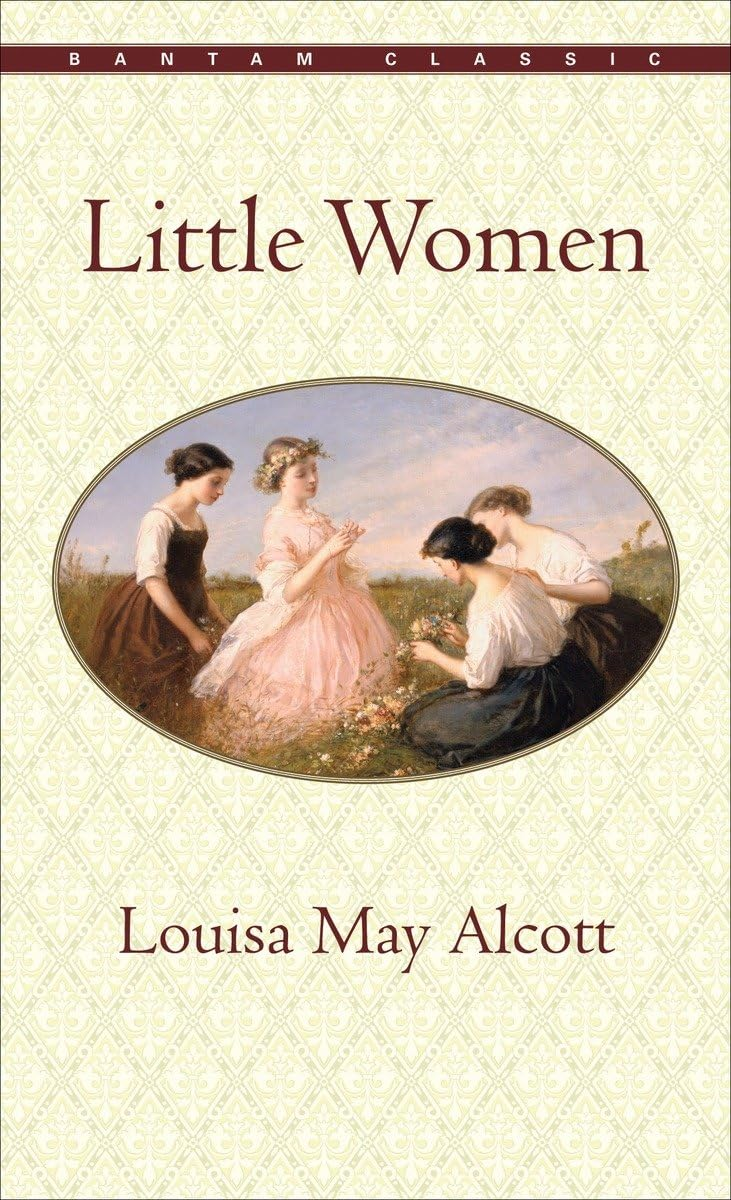
The March sisters—Beth, Jo, Meg, and Amy—are the heart of Louisa May Alcott’s beloved novel “Little Women,” first published in two volumes in 1868 and 1869. Alcott’s portrayal of these four sisters living in Massachusetts during and after the Civil War has resonated with readers for generations, offering a rich exploration of the challenges and triumphs of growing up, the bonds of sisterhood, and the pursuit of individual dreams within the constraints of societal expectations.
Louisa May Alcott, herself an advocate for women’s rights and an abolitionist, brought her own experiences and ideals to the creation of the March sisters. Each sister represents different aspects of the female experience and aspirations, reflecting Alcott’s nuanced approach to character development and her progressive views on women’s roles.
Beth March is the embodiment of domesticity and selflessness, often seen as the moral compass of the family. Her gentle nature, kindness, and preference for home over the outside world make the young girl a stabilizing force within her family. Beth’s storyline, marked by her health struggles, brings depth to the narrative, showcasing the fragility of life and the importance of familial bonds.
Jo March is the most autobiographical character, mirroring Alcott’s own literary ambitions and independent spirit. Jo’s refusal to conform to traditional female roles, her passion for writing, and her desire for freedom and adventure make her a pioneering figure in literature. Jo’s character challenges the gender norms of her time, advocating for women’s autonomy and the right to pursue their own paths.
Meg March represents the traditional nineteenth-century woman, embracing her role as a wife and mother with grace and maturity. Meg’s journey from adolescence to adulthood, including her navigation of marriage and motherhood, reflects the societal expectations placed upon women and the fulfillment she finds within those roles.
Amy March evolves from a vain and somewhat spoiled child into a thoughtful and talented woman. Her artistic aspirations and eventual marriage into a higher social class address themes of personal growth, the intersection of art and society, and the compromises women make between personal ambition and societal pressures.
What Sets These Portrayals Apart?
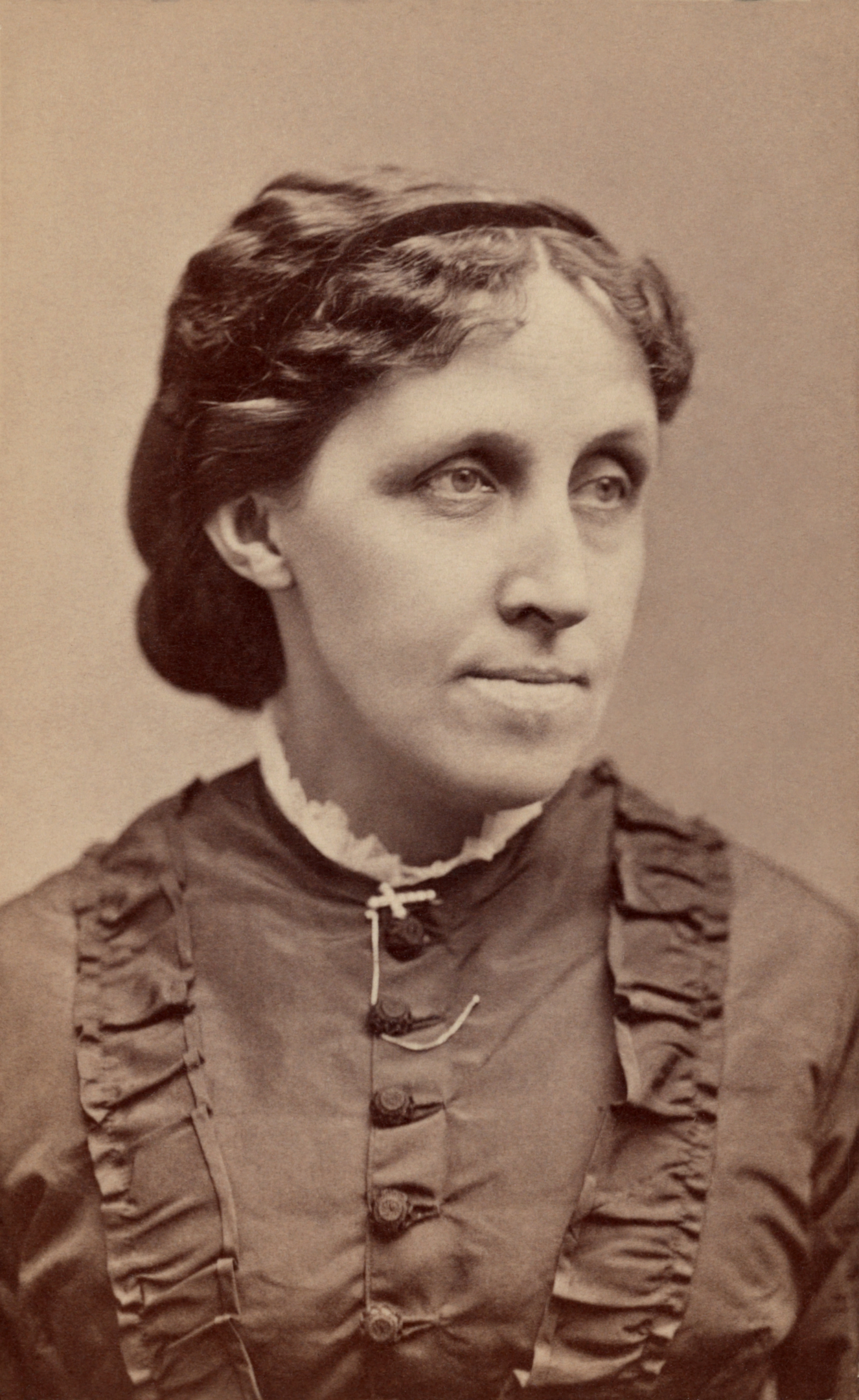
Being written by a woman, “Little Women” offers a uniquely intimate and authentic perspective on the inner lives, struggles, and triumphs of these four sisters. Alcott’s ability to infuse her characters with personal agency, while also navigating the constraints of their historical and social context, makes the novel a pioneering work in terms of female representation. The March sisters, with their distinct personalities, aspirations, and growth, serve as enduring models of resilience, empathy, and ambition.
Alcott’s nuanced portrayal highlights the importance of choice, solidarity among women, and the pursuit of individual identity, themes that were revolutionary at the time and continue to inspire readers today. “Little Women” remains a testament to the complexity of women’s lives and the strength found in family, sisterhood, and self-determination, making Beth, Jo, Meg, and Amy timeless characters in American literature.
Unnamed Protagonist in My Year of Rest and Relaxation by Ottessa Moshfegh
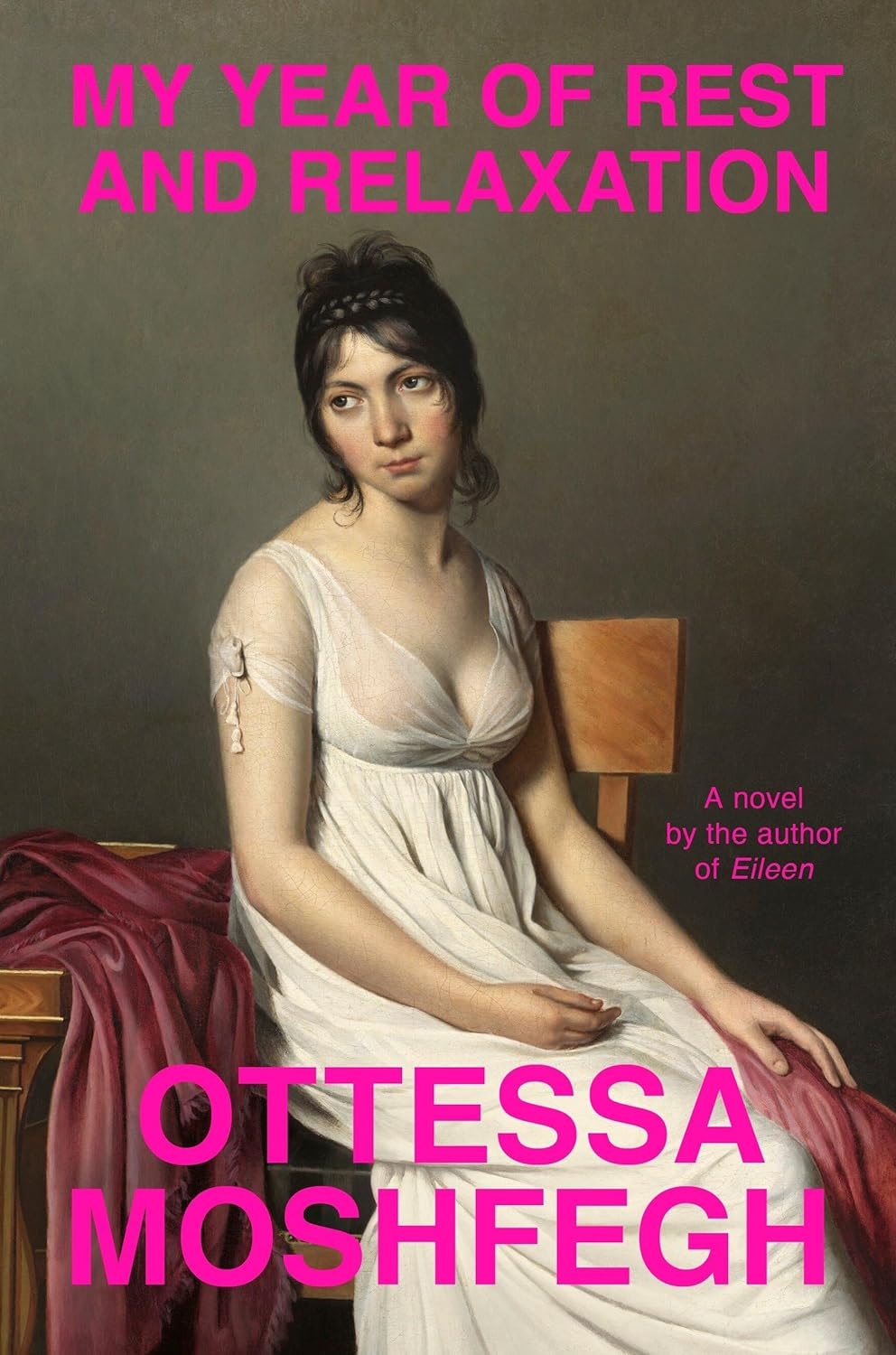
The unnamed protagonist of “My Year of Rest and Relaxation,” a novel by Ottessa Moshfegh published in 2018, is a character who embodies the extremities of detachment, disillusionment, and the quest for transformation in a way that is both disturbing and deeply compelling.
Moshfegh, known for her incisive exploration of her characters’ inner lives and societal critiques, presents a young woman living in New York City at the turn of the millennium who decides to undertake an experiment: to spend a year in hibernation, aided by a regimen of prescribed drugs, with the hope of emerging renewed.
What Sets This Portrayal Apart?
This protagonist is unique, particularly because Moshfegh crafts her narrative through the lens of a woman who is externally privileged—having access to wealth, education, and beauty—yet internally battles with grief, existential despair, and a profound sense of alienation from the world around her. The character’s decision to escape from life through sleep is a radical act of withdrawal, reflecting a critique of the societal pressures on women to perform, conform, and maintain appearances.
Being written by a woman, the novel delves deeply into the intricacies of female consciousness and the societal expectations placed upon women. Moshfegh’s portrayal is unflinching in its depiction of the protagonist’s flaws, her self-destructive tendencies, and her darkly comedic outlook on life. The character’s interactions with the few people in her life, including her friend Reva, highlight the complexities of female friendships, jealousy, and support, presenting a nuanced view of women’s relationships with each other that transcends simple categorizations of good or bad.
Moshfegh’s choice to leave her protagonist unnamed serves to universalize her experience, suggesting that her existential crisis and desire to escape from the demands of the external world could be anyone’s. This anonymity also deepens the sense of isolation and disconnection from society that the protagonist feels, making her journey inward a more pronounced focus of the narrative.
The novel’s exploration of mental health, particularly depression and the use of pharmaceuticals to manage it, is another aspect where Moshfegh’s female perspective adds depth. The protagonist’s reliance on medication to achieve her goal of sleep is a critical commentary on the medicalization of mental health issues and the often superficial approach to treating symptoms rather than addressing underlying causes.
Through this character, Moshfegh interrogates the notion of self-improvement and transformation in contemporary society, questioning whether it is possible to truly reinvent oneself or escape the past and stop making the same mistakes. The protagonist’s year of rest and relaxation is both a physical and existential journey, one that forces her to confront the parts of herself and her life that she wishes to leave behind.
Antoinette Cosway in Wide Sargasso Sea by Jean Rhys

Antoinette Cosway, the protagonist of Jean Rhys’s “Wide Sargasso Sea,” is a character of haunting depth and tragedy. Published in 1966, the novel serves as a prequel to Charlotte Brontë’s “Jane Eyre,” telling the backstory of Bertha Mason, the “madwoman in the attic” from Brontë’s novel. Rhys, born in Dominica, writes from her own experience of the complexities of post-colonial life in the Caribbean, giving voice to a character who was marginalized in the original narrative.
What Sets This Portrayal Apart?
Antoinette’s story is unique because it challenges the Victorian literary tradition that often silenced or oversimplified the experiences of colonial subjects, especially women. Rhys reimagines Antoinette (Bertha in “Jane Eyre”) not as a madwoman, but as a woman deeply affected by the racial and cultural tensions of post-emancipation Jamaica. Her mixed European-Creole heritage places her between worlds, accepted by neither, which deeply affects her sense of identity and belonging.
Being written by a woman, “Wide Sargasso Sea” delves into the psychological and emotional landscape of Antoinette with a sensitivity that exposes the intersectional oppression she faces. Rhys’s narrative explores themes of racial discrimination, colonialism, and gender inequality, highlighting how these forces conspire to disenfranchise and destabilize Antoinette. Her marriage to an Englishman, who is never named but is understood to be Mr. Rochester from “Jane Eyre,” becomes a site of power struggle, where Antoinette’s identity and autonomy are further eroded in favor of her husband’s colonial prejudices and desires for control.
Rhys’s portrayal of Antoinette’s descent into despair and madness is a poignant critique of the ways in which patriarchal and colonial systems devalue and discard women who do not fit within their prescribed roles. Through Antoinette, Rhys explores the devastating impact of these systems on women’s mental health and autonomy. The tropical setting of the Caribbean, with its lush, unruly landscape, serves as a powerful metaphor for Antoinette’s own untamed and misunderstood nature in the eyes of her husband and the broader society.
Moreover, Rhys’s feminist re-writing of “Jane Eyre” through Antoinette’s perspective disrupts the Eurocentric narrative, offering a postcolonial critique that questions the notion of the “civilized” European versus the “savage” colonized. Antoinette’s character embodies the complexities of a postcolonial identity, torn between her European ancestry and Creole upbringing, ultimately belonging fully to neither.
“Wide Sargasso Sea” is celebrated for its lyrical prose, psychological depth, and the compelling recentering of a marginalized character. By giving Antoinette her own voice, Jean Rhys not only challenges the legacy of colonial literature but also highlights the ongoing struggles of women caught at the intersections of race, gender, and colonial history. Antoinette Cosway’s story, marked by its beauty and tragedy, remains a powerful testament to the silences and erasures that literature and history have perpetuated, offering a nuanced exploration of identity, oppression, and the search for understanding.
Mathilde in Fates and Furies by Lauren Groff

Mathilde, a central character in Lauren Groff’s National Book Award finalist “Fates and Furies” (published in 2015), is an intricately crafted figure whose story unfolds in a way that continually subverts the reader’s expectations. The novel is divided into two parts, “Fates,” which is told from the perspective of her husband, Lotto, and “Furies,” which reveals Mathilde’s perspective and uncovers the deep layers of her character that were previously obscured.
Lauren Groff, through her exploration of Mathilde, delves into themes of marriage, secrecy, and the complex inner workings of an individual’s mind. Mathilde is initially presented through Lotto’s enamored eyes as almost saintly—a supportive, loving wife who is content to remain in the background of her charismatic husband’s life. However, as the narrative unfolds, particularly in the “Furies” section, Groff peels back the layers of Mathilde’s character, revealing her to be a woman of profound depth, intelligence, and agency, marked by her own ambitions, secrets, and a past filled with trauma and resilience.
What Sets This Portrayal Apart?
What makes Mathilde unique, especially as a character created by a woman, is how Groff subverts traditional narratives of female characters in literature. Mathilde’s story challenges the trope of the supportive wife by showcasing the unseen and often unacknowledged labor—emotional, financial, and intellectual—that women contribute to their partnerships. Her complexities and moral ambiguities, which emerge as the story progresses, reflect a nuanced understanding of femininity and the roles women play within their relationships and society at large.
Being written by a woman adds a layer of authenticity to Mathilde’s experiences and the way she navigates the world. Groff portrays Mathilde with a keen awareness of the expectations placed upon women and the often invisible sacrifices they make. The revelation of Mathilde’s past and her actions outside of Lotto’s knowledge invite readers to reconsider not only their perception of her but also the dynamics of power and perception within relationships. Groff’s writing suggests that individuals, especially women, possess inner lives and histories that are rich, complicated, and deserving of exploration.
Mathilde’s character is a testament to Groff’s ability to craft a story that is as much about the mysteries within individuals as it is about the mysteries between them. The dual narrative structure of “Fates and Furies” serves to highlight the inevitable gaps in understanding that exist within even the closest relationships, emphasizing the theme that no one can ever fully know another person.
In “Fates and Furies,” Lauren Groff presents Mathilde as a figure who defies easy categorization, a character whose depths are gradually and masterfully revealed. Mathilde embodies the complexities of identity, the shadows within intimate relationships, and the power of unseen and unspoken forces that shape our lives. Through Mathilde, Groff explores the furies of betrayal, the fates of marriage, and the intricate dance between the two, crafting a narrative that is as compelling as it is thought-provoking.
Gifty in Transcendent Kingdom by Yaa Gyasi
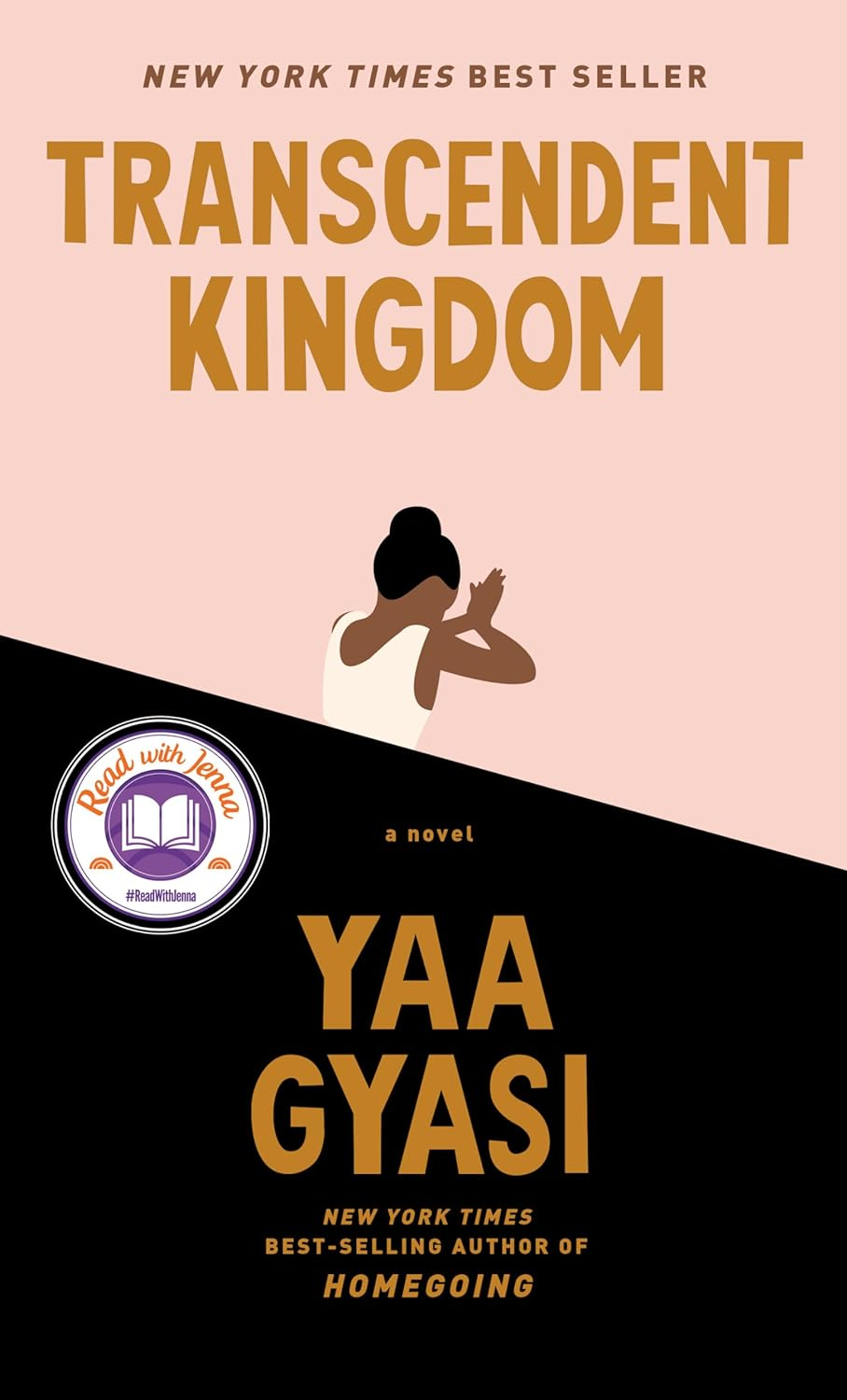
Gifty, the protagonist of Yaa Gyasi’s novel “Transcendent Kingdom,” published in 2020, is a figure of profound depth and complexity, navigating the intersections of science, faith, and the search for meaning in the wake of family tragedy. Gyasi, whose debut novel “Homegoing” received widespread acclaim, returns with a story that is deeply personal and reflective, exploring themes of addiction, grief, and the quest for redemption through the lens of a young Ghanaian-American neuroscientist.
What Sets This Portrayal Apart?
Gifty’s journey is unique, particularly in the realm of literature, for its exploration of a character at the intersection of multiple identities: as a woman, a scientist, and an immigrant navigating the complexities of American society and the expectations of her Ghanaian family. Her work in the neuroscience lab, studying the neural circuits of reward-seeking behavior in mice, serves as both a professional pursuit and a personal quest to understand her brother’s death from a heroin overdose and her mother’s debilitating depression.
Being written by a woman, particularly a woman of color who can navigate the nuances of Gifty’s experiences with authenticity and depth, adds layers of richness to the character’s portrayal. Gyasi delves into Gifty’s inner world with sensitivity and insight, capturing the tensions between her faith and her scientific work, her love for her family, and her struggle with the isolation and racism she faces both within and outside the academic community.
Gifty’s character challenges the often simplistic narratives surrounding issues of addiction, mental health, and immigration, presenting these experiences with nuance and empathy. Her internal conflicts and reflections reveal a character who is deeply introspective, wrestling with the big questions of life while also confronting the everyday realities of loss, love, and belonging.
One of the most compelling aspects of Gifty’s character is her ongoing dialogue with faith and science, two realms often seen as incompatible. Gyasi’s portrayal of Gifty does not seek to resolve these tensions but rather illuminates the ways in which they coexist and inform one another. This exploration is made even more poignant by Gifty’s personal losses, as she seeks to reconcile her belief in a loving God with the suffering she has witnessed and experienced.
Gifty’s relationship with her family, particularly her mother, who grapples with depression and the cultural dislocation of living in Alabama, adds another layer of complexity to her character. Gyasi explores the dynamics of care, guilt, and love within immigrant families, highlighting the sacrifices and choices that shape their lives in a new country.
In “Transcendent Kingdom,” Yaa Gyasi has created a character in Gifty who embodies the struggles and resilience of navigating multiple worlds, the pain of loss, and the enduring hope for understanding and healing. Through Gifty, Gyasi offers readers a nuanced exploration of the human condition, the search for meaning, and the ways in which our personal histories, beliefs, and desires shape our understanding of the world and ourselves.
Final Thoughts on Women Written by Women
This Women’s History Month, and indeed throughout the year, immersing oneself in stories about women penned by female authors, offers a profound opportunity to explore the diverse, complex, and richly textured narratives that have shaped, and continue to shape, the female experience.
Each book, each character we’ve discussed, from Elizabeth Bennet’s wit and resilience to Gifty’s introspective journey at the crossroads of science and faith, serves as a testament to the depth, strength, and nuance of women’s lives across different times and cultures. These stories, crafted with authenticity and insight by female writers, not only offer windows into the souls and struggles of their characters but also reflect the myriad ways in which women navigate, resist, and embrace the worlds they inhabit.
Let’s celebrate Women’s History Month by delving into these stories, honoring the voices of women past and present, and enriching our own perspectives through the power of well-told tales.
Design Dash
Join us in designing a life you love.
Styling Spaces Seasonally for Evergreen Portfolio Content + Of-the-Moment Marketing
Learn how interior designers can style spaces seasonally to create both evergreen portfolio images and timely marketing content.
Counting Down Our Most Listened-To Episodes of 2025: Brittny Button
Learn why our conversation with Brittny Button became one of the DesignDash Podcast’s most listened-to episodes of 2025.
10 Finn Juhl Furniture Pieces That Embody Danish Modern Design
As evidenced by these 10 iconic Finn Juhl furniture pieces, he exemplified Danish Modernism through sculptural forms and architectural angles.
Counting Down Our Most Listened-To Episodes of 2025: Jamie Young
On the DesignDash Podcast, enjoy Jamie Young’s insights on building a timeless design brand through grit, reinvention, and strategic growth
What Do I Do If My First Client Ghosts Me After I Send the Proposal?
Learn how to respond when a PNC goes silent after receiving a proposal from your firm. Promise, ghosting is almost never a reflection of your work!
What Is Gustavian Interior Design, And Is It Still Relevant Today?
Georgian interior design’s light palettes, balanced proportions, and restrained Neoclassical details make the Swedish style relevant.








